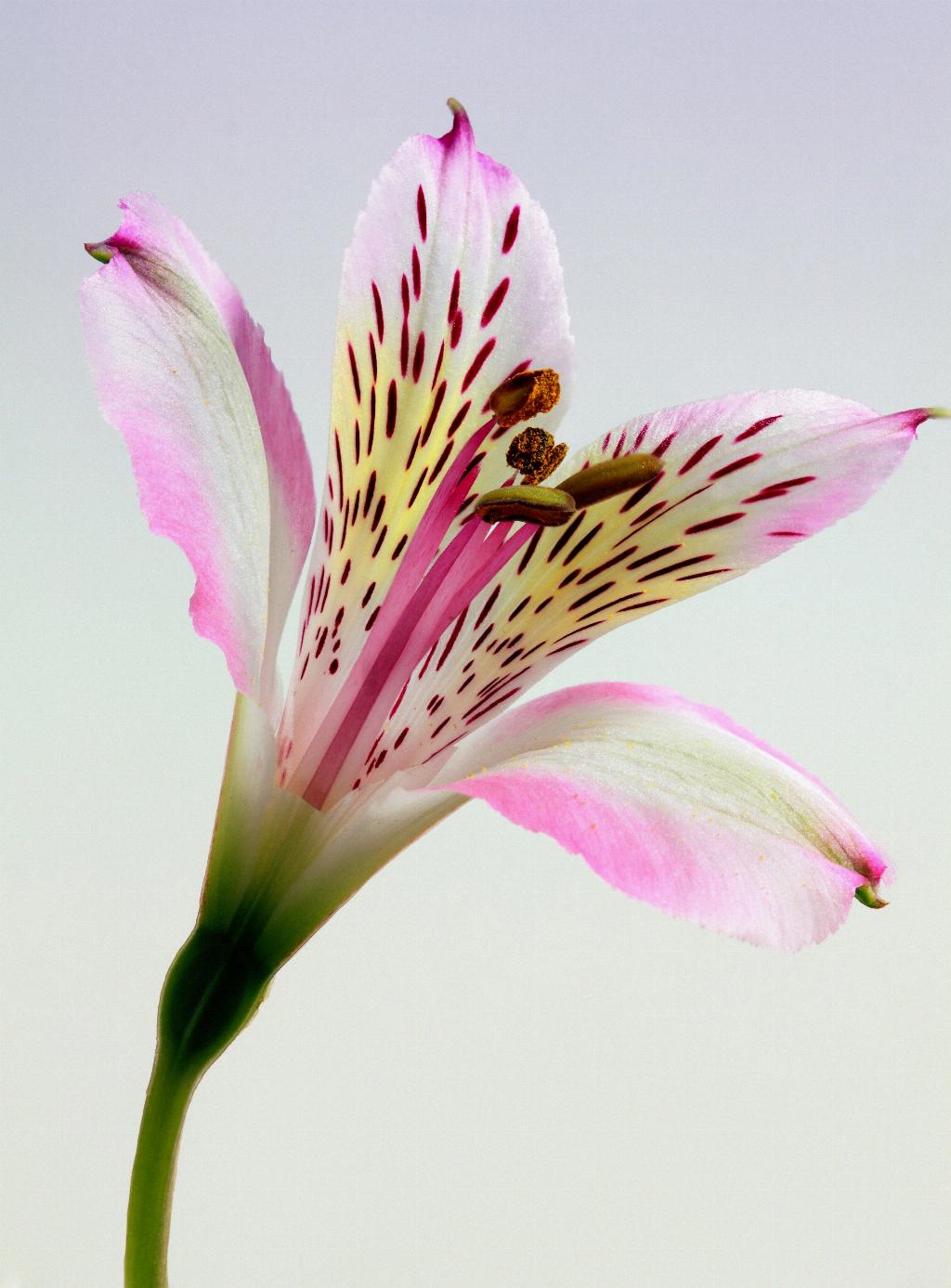Peace lilies are stunning and elegant plants that can brighten up any indoor space with their lush, dark green leaves and beautiful white blooms. To ensure your peace lily thrives and remains healthy, it’s essential to provide proper care and attention. In this detailed guide, we’ll explore the top tips and best practices for caring for peace lily plants.
1. Light Requirements
Peace lilies thrive in indirect light, making them ideal for indoor spaces with limited natural sunlight. Place your peace lily in a location where it can receive bright, filtered light, but avoid placing it in direct sunlight as this can scorch the leaves.
2. Watering Routine
When it comes to watering your peace lily, it’s crucial to strike the right balance. Water the plant when the top inch of soil feels dry to the touch, but be careful not to overwater as this can lead to root rot. Keep the soil consistently moist, but not waterlogged.
3. Temperature and Humidity
Peace lilies prefer comfortable room temperatures ranging between 65-80°F. Additionally, they thrive in humid environments, making them perfect for bathrooms and kitchens where steam can help maintain the ideal level of humidity for the plant.
4. Fertilizing
During the growing season in spring and summer, feed your peace lily with a balanced houseplant fertilizer every 6-8 weeks. Avoid overfertilizing, as this can harm the plant. During the fall and winter months, reduce fertilization to once every 2-3 months.
5. Pruning and Grooming
Regular pruning is essential to keep your peace lily looking its best. Remove yellow or brown leaves, spent blooms, and any debris that may accumulate on the plant’s surface. Pruning encourages new growth and helps maintain the plant’s overall health.
6. Repotting
Repot your peace lily every 1-2 years in the spring using well-draining houseplant compost. Choose a pot that is slightly larger than the current one to allow room for the plant to grow. Repotting helps refresh the soil and provides ample space for the roots to thrive.
7. Pest Control
Monitor your peace lily regularly for common pests such as spider mites, aphids, and mealybugs. If you notice any signs of infestation, treat the plant with insecticidal soap or neem oil to eliminate the pests. Regular cleaning of the leaves can help prevent pest problems.
8. Water Quality
Use room temperature water when watering your peace lily, and avoid using water that is high in salts or chemicals. If you have hard water, consider using distilled or filtered water to prevent mineral buildup in the soil, which can harm the plant over time.
9. Winter Care
During the winter months, adjust your care routine to accommodate the plant’s natural dormancy period. Reduce watering frequency, as the plant’s growth slows down in lower light conditions. Keep the peace lily away from drafts and cold temperatures to prevent stress on the plant.
10. Troubleshooting Common Issues
If your peace lily exhibits yellowing leaves, it may be a sign of overwatering or underwatering. Adjust your watering routine accordingly and ensure proper drainage to prevent waterlogged soil. Brown leaf tips can indicate dry air or inconsistent watering.
11. Propagation
You can propagate peace lilies through division by carefully separating the plant into smaller sections with roots. Ensure each division has a healthy root system and place it in a separate pot with fresh soil. Propagation is a great way to expand your peace lily collection.
12. Enjoying Your Peace Lily
With the right care and attention, your peace lily will reward you with its stunning foliage and graceful blooms year-round. Take the time to observe and care for your plant, and you’ll be rewarded with a flourishing peace lily that brings beauty and tranquility to your home.

